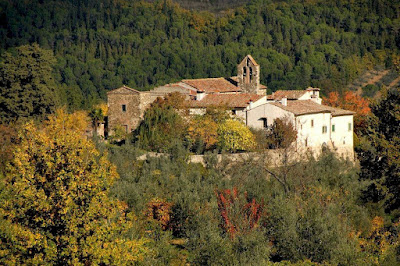Don't rent a car in Tuscany: hire a driver.
- Instead of focussing on the narrow, twisting roads of Tuscany, you will be able to admire the views and identify the sights while you let your driver take care of the driving.
- Planning your routes together with your driver - before you arrive, if possible - will allow you to visit more of your destinations in a shorter time - no time wasted on the wrong roads, slow speeds and closed sights. Plus, your driver will help you choose the most scenic routes where there are more than one.
- Once you arrive at one of your destinations, your private driver will drop you off at the sight and then he'll take care of finding a parking place - often a problem with popular small Tuscan villages.
- No more worries about bus lanes and limited traffic zones. A driver with an NCC license is allowed to drive into limited traffic zones where private drivers are prohibited. That means he can pick you up at your accommodations and drop you off again, as well as access sights with limited traffic zones.
- Doing a wine-tasting tour is a popular activity among visitors to Tuscany. "Taste and spit" can be tiresome on day-long wine tasting tour. With your own driver, that issue disappears and you can enjoy yourselves freely.
- Last but not least, your driver knows places that the guide books don't. Tell him or her your interests and ask for suggestions.
My recommended drivers are:
- Angela Saltafuori, for wine tours throughout Tuscany.

Two happy tourists wine tasting with Angela Saltafuori
- Sergio Ceccherini does Tuscany wine tours and a large variety of other specialised tours.

Sergio Ceccherini ready for a wine tour in Tuscany
|
Author: Anna Maria Baldini










